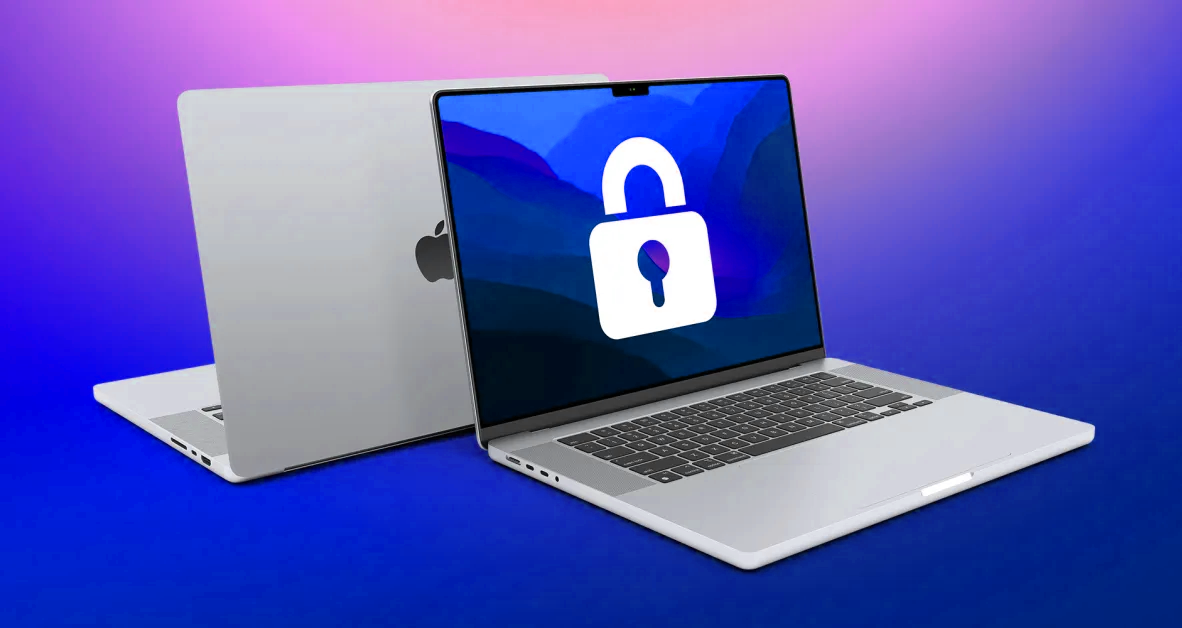If you keep up with technology news, you may have seen the recent rise in malware and data breach threats.
Therefore, it’s crucial now more than ever to check your own security configuration. You might be wondering how, with your limited resources, you might manage to protect your own personal information if organizations as large as Facebook and Block (previously Square) are breached. Good news: It’s simpler than you would imagine.
Being personally vigilant is essential to IT security. After all, consumers clicking phishing links and downloading dangerous files is how the majority of malware campaigns succeed. You have an advantage over much bigger IT behemoths since your attack surface is considerably smaller and you have complete control over your security procedures.
Not sure where to begin with improving the security of your Mac? The most crucial security guidelines that you ought to abide by are listed below.
Related: 3 Tech Trends for Fleet Managers in 2022
Table of Contents
1. Install an MDM profile
You may be aware that businesses frequently use MDM (mobile device management) programs. MDM allows an administrator remote access to company devices so they may be updated with new software, had compliance checked, or even remotely erased.
If your Mac is ever stolen, you’ll be able to find it and lock it before any of your data leaks, which is a benefit of using MDM in your personal life as well.
Apple Business Manager allows for the enrollment of Apple devices into MDM systems and has a built-in architecture that supports MDM.
2. Use a password manager
When logging in to internet services, password managers help you avoid phishing attacks by preventing you from entering your credentials on erroneous websites, making them faster and more safe than manual logins.
The following must be done with regard to login credentials:
- Do not keep passwords in plain text.
- Avoiding printing passwords on paper
- Do not send passwords over unencrypted transmission to anyone.
Make sure to use the best password manager for you and your family each time you need to establish a new login by choosing it beforehand.
3. Turn on multi-factor authentication
A single line of defense against possible attackers is created by having safe login credentials. But having two is much preferable.
By setting up an OTP (one-time-password) by email, an authentication app, SMS, or push notification sent to your smartphone, two-factor authentication (2FA) requires you to confirm your login on another device. Due to the risk of a SIM swap, 2FA authentication through SMS is not regarded as best practice.
4. Enable disk encryption
Your top concern should be maintaining the confidentiality of all data across all of your devices. If you encrypt your hard drive, you can prevent data dumps from being used to access the information on it in the event that you lose your device.
Enabling FileVault on a Mac is all it takes to enable disk encryption:
- Switch to System Preferences.
- Click on Privacy and Security.
- To make modifications and enter your user password, click to lock.
- Activate FileVault.
5. Back up all data
With the rise of ransomware attacks, having access to recent backups helps prevent data loss due to a stolen or infected device.
An external hard drive (or cloud storage option) and backup software are required to backup data on a Mac. Time Machine, a built-in macOS software, is the most used backup solution on Macs.
To turn on Time Machine:
- Open System Preferences.
- Go to Time Machine.
- Select Backup Disk.
- Check “Encrypt backups” and set a password.
- Click Use Disk.
6. Update software and the operating system
Bug fixes and security patches are routinely included in software and macOS upgrades, which strengthen your Mac’s security. Always make sure to install the most recent updates.
Use the System Preferences’ Software Update window for macOS. You may manually check for updates or use the App Store Updates page for the majority of apps.
7. Keep VPN turned on in public spaces
You can presume that your internet connection is secure when you’re at home. Just be sure to use WPA2 or WPA3 as your WiFi access point’s encryption technique and a strong password.
Use a VPN (virtual private network) when you’re not in your home or office to increase security. When using public WiFi networks without password protection, VPNs secure traffic as it leaves your device by encrypting it to avoid eavesdropping by third parties.
Read More: IT Security at Home: Hard but not Impossible
8. Always lock your device
A blatant invitation for someone to steal your data and other sensitive information is to leave your device unattended and unlocked.
If your Mac keyboard doesn’t have a lock screen button, you can quickly lock your screen with a shortcut of Control + ⌘ + Q.
Alternatively, assign a Hot Corner on your screen to lock it:
- Open System Preferences.
- Go to Desktop and Screen Saver.
- Switch to the Screen Saver tab.
- Click Hot Corners.
- Set any corner to Lock the Screen.
Your screen will now lock automatically if your cursor lands on a specific corner.
Only a few basic security procedures are covered in the aforementioned advice. But adhering to them will aid in protecting your devices from attacks and data breaches while also securing them.
Additionally, be careful to go over crucial security procedures with your family or anybody else who frequently accesses the same WiFi network. Teach them how to recognize phishing scams and to avoid any shady communications in the future. Your security is only as good as its weakest connection, after all.


